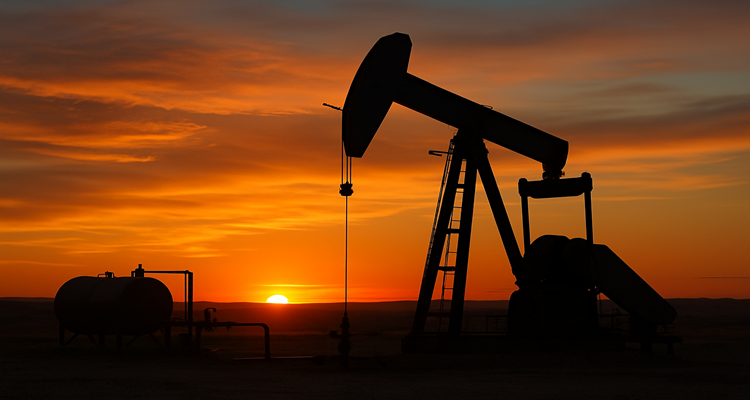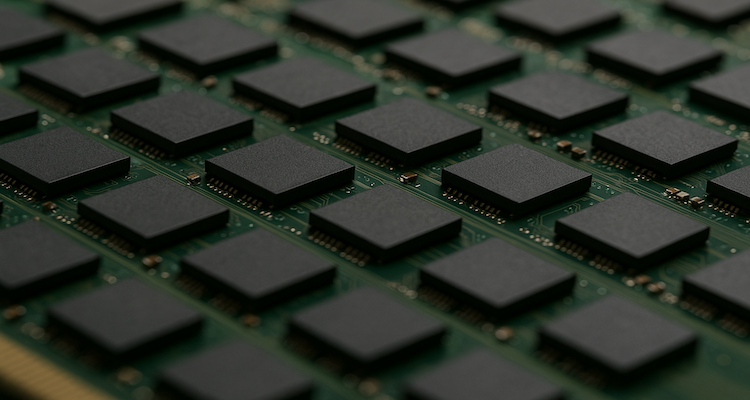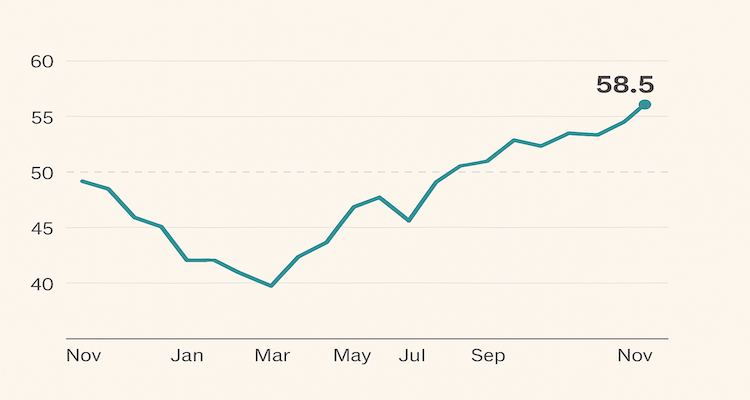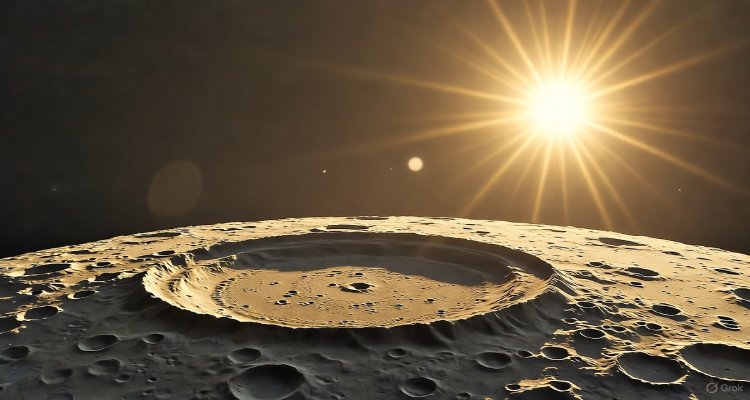Chandrayaan-2 Detects Solar Storm Effects on the Moon for the First Time
India’s Chandrayaan-2 mission has made the first-ever observation of the Sun’s Coronal Mass Ejection (CME) impacting the Moon’s surface. Using its CHACE-2 payload, the spacecraft detected dramatic changes in the lunar exosphere, marking a major breakthrough in understanding how solar storms affect airless worlds and future lunar habitats.
A remarkable discovery by India’s Chandrayaan-2 mission has revealed, for the first time, how violent solar eruptions—known as Coronal Mass Ejections (CMEs)—impact the Moon’s delicate exosphere, reshaping our understanding of lunar space weather.
A Fiery Burst from the Sun
A Coronal Mass Ejection (CME) is one of the most powerful natural events in the solar system—an immense burst of magnetized plasma from the Sun’s outer atmosphere, or corona. Each eruption hurls billions of tons of charged particles across space, sometimes slamming into planets and moons along the way.
These solar storms are central to what scientists call space weather. When CMEs strike Earth, they can ignite dazzling auroras near the poles, but they also threaten satellites, power grids, and even astronauts. The Moon, lacking both an atmosphere and a magnetic field, is left fully exposed.
The Moon’s Fragile Exosphere
Unlike Earth, the Moon doesn’t have a substantial atmosphere. Instead, it possesses a paper-thin exosphere—a layer so sparse that its atoms rarely collide. This fragile envelope forms through several processes: solar radiation, constant bombardment by solar wind particles, and the impact of micrometeorites that release atoms from the lunar surface.
Because the Moon’s exosphere is so sensitive, even small variations in solar activity can alter its composition. When a CME hits, the effects are amplified—there’s nothing to shield the lunar surface from the incoming storm.
Chandrayaan-2’s Breakthrough Observation
Launched on July 22, 2019, aboard India’s GSLV-MkIII-M1 rocket, Chandrayaan-2 was designed to study the Moon from orbit and attempt a soft landing near the South Pole. Although its lander, Vikram, crash-landed in September 2019, the orbiter continues to function flawlessly in lunar orbit—serving as India’s silent sentinel around the Moon.
The key to this new discovery is CHACE-2 (Chandra’s Atmospheric Compositional Explorer-2), one of Chandrayaan-2’s eight scientific payloads. Its mission: to analyze the Moon’s exosphere and monitor how it changes over time.
On May 10, 2024, a powerful series of CMEs erupted from the Sun, and CHACE-2 recorded their effects as they hit the Moon. The instrument detected a dramatic spike in the total pressure of the Moon’s dayside exosphere—an increase in the number of neutral atoms and molecules by more than an order of magnitude.
This marked the first direct observation of a CME altering the Moon’s exosphere, confirming theoretical predictions that had never before been empirically verified.
What the Discovery Means
When the CME’s charged particles struck the lunar surface, they essentially “sandblasted” atoms off the ground, injecting them into the exosphere and temporarily thickening it. For scientists, this not only validates existing models of solar-lunar interactions but also underscores how dynamic the lunar environment can be—despite its airless silence.
Beyond scientific insight, this observation has practical implications for the future of lunar exploration. As space agencies and private players plan for long-term bases on the Moon, understanding how extreme solar events alter its surface and environment becomes critical for the safety of astronauts and equipment.
India’s Journey of Lunar Discovery
India’s lunar odyssey began with Chandrayaan-1 in 2008, which made the groundbreaking discovery of water molecules on the Moon. Chandrayaan-2 expanded that mission’s scientific ambition with a suite of high-precision instruments in lunar orbit.
Then came Chandrayaan-3, launched in July 2023, which successfully achieved a soft landing on August 23, making India the fourth nation in history—after the U.S., the former Soviet Union, and China—to land on the Moon, and the first to reach the lunar South Pole region.
A Glimpse Into the Future
The Chandrayaan-2 observation opens a new window into how space weather affects airless celestial bodies. As humanity moves closer to building lunar habitats, understanding these solar impacts will help engineers design systems that can endure the harsh, ever-changing environment of the Moon.
What Chandrayaan-2 has revealed is profound: even 240,000 miles away, the Sun’s fury can reach the Moon—and leave its invisible mark.
Disclaimer:This article is based on information released by the Indian Space Research Organisation (ISRO) and other scientific sources. It is intended for educational and informational purposes. The views expressed do not necessarily reflect those of ISRO or any government agency.











